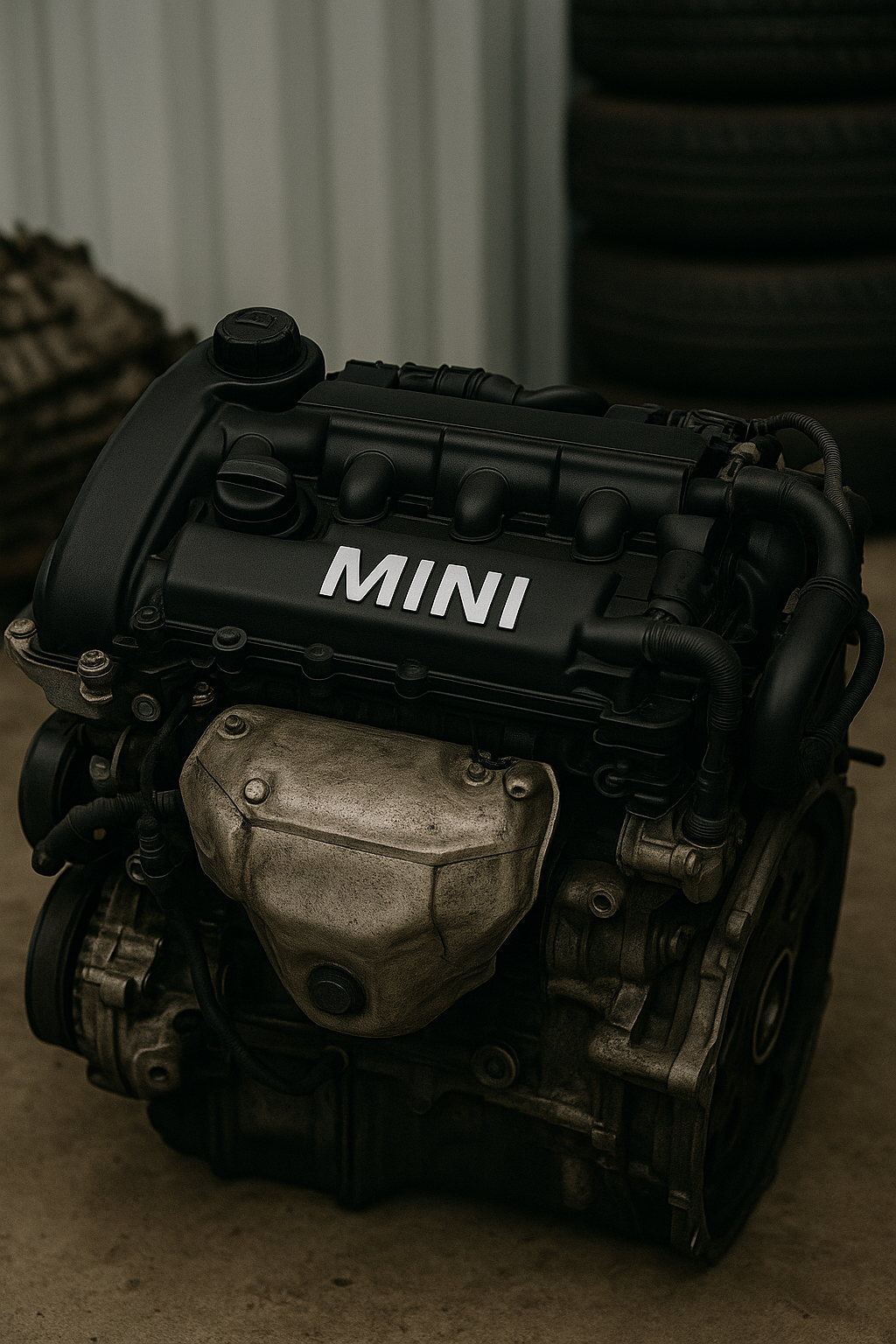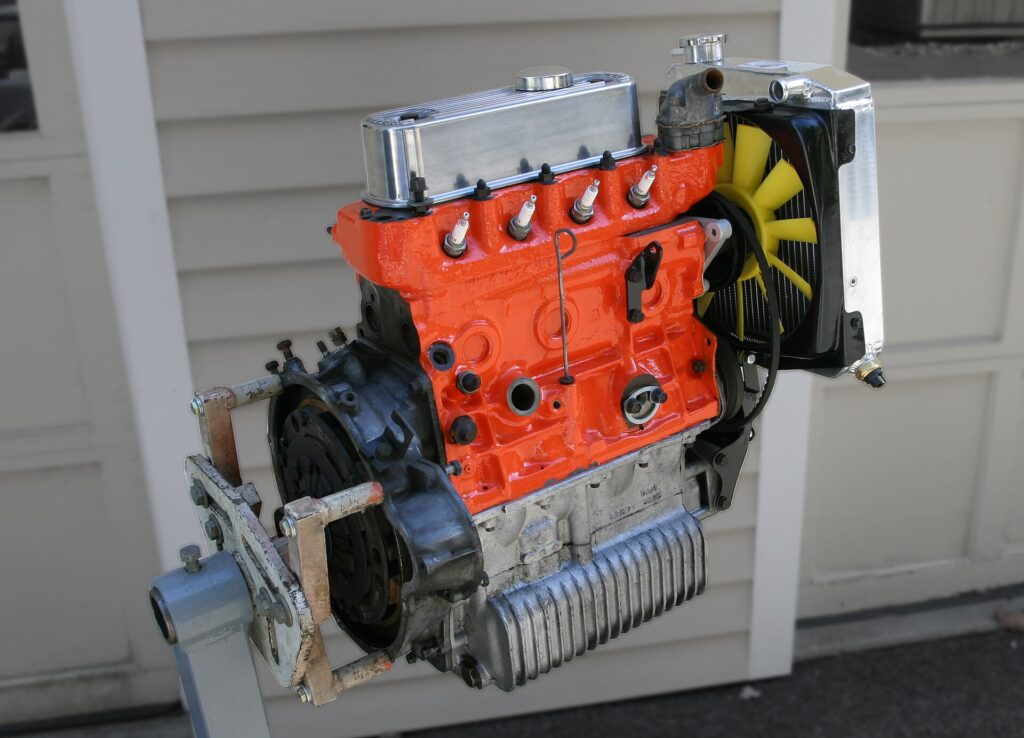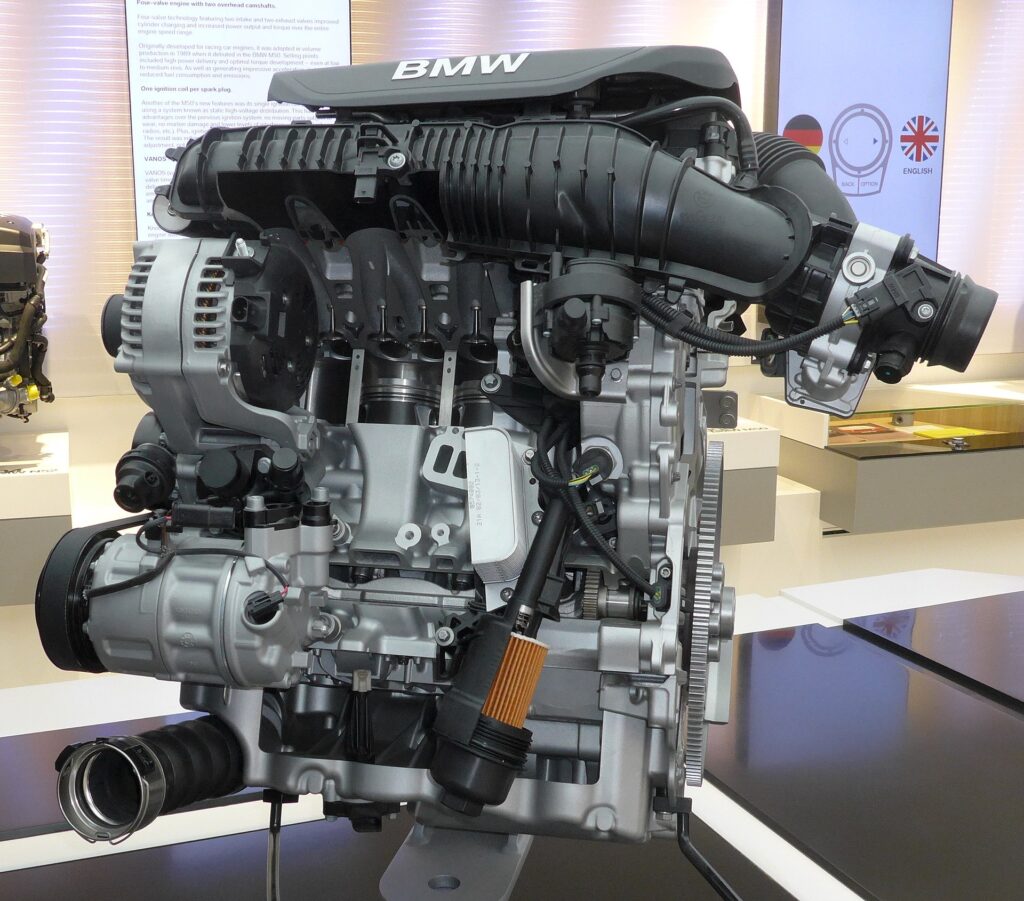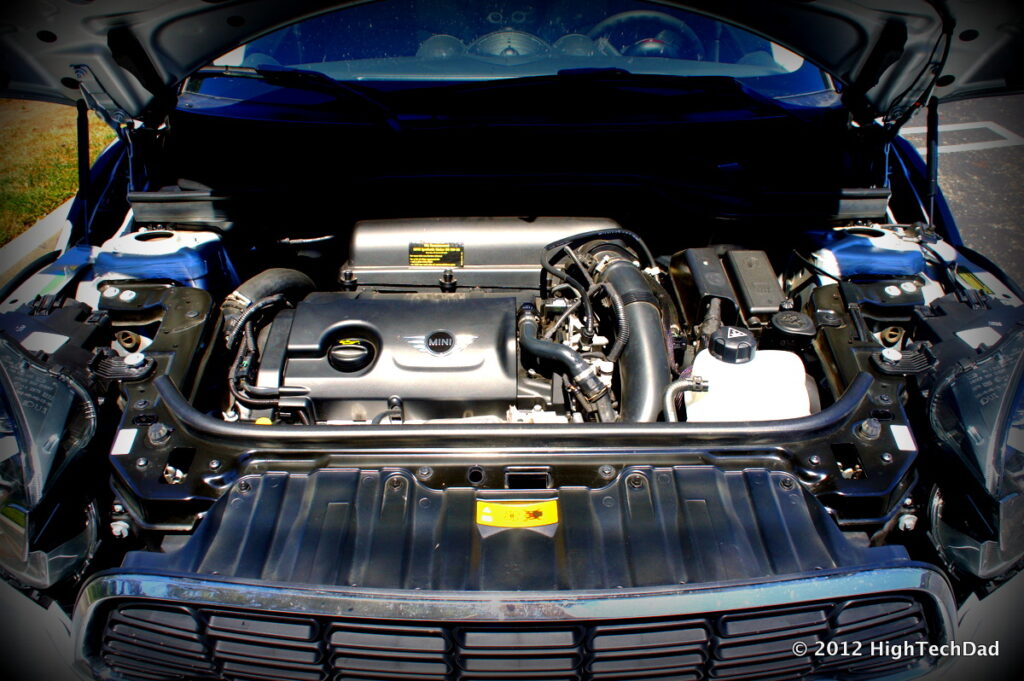
Mini cars have been a British icon since their debut in 1959, and a big part of their enduring appeal lies under the bonnet. Over the decades, Mini has produced some truly remarkable engines, each with its own unique character and strengths.
Whether you’re a classic Mini enthusiast or a modern Mini owner, understanding the best engines can help you appreciate your car even more or guide your next purchase.
In this blog, we’ll rank the 10 best Mini engines of all time, focusing on reliability, performance, fuel efficiency, and ease of maintenance. Let’s dive in!
1. A-Series Engine (1959–2000)

The A-Series engine is the heart and soul of the classic Mini. This iconic powerplant was used in various forms for over 40 years, making it one of the most enduring engines in automotive history.
Reliability: Known for its simplicity and durability, the A-Series engine is easy to repair and maintain. Its robust design means it can keep running for decades with proper care.
Performance: While not the most powerful engine by modern standards, the A-Series is lightweight and peppy, making it perfect for the Mini’s nimble handling.
Fuel Efficiency: Its small displacement (848cc to 1275cc) ensures excellent fuel economy, even by today’s standards.
Ease of Maintenance: The A-Series is a DIY enthusiast’s dream, with plenty of aftermarket support and a straightforward design.
Why It’s Great: The A-Series engine is a true British classic, offering a nostalgic driving experience that’s hard to beat. It’s perfect for those who love tinkering with their cars.
2. BMW B48 Engine (2014–Present)

When BMW took over Mini in the early 2000s, they brought German engineering to the brand. The B48 engine, found in modern Minis like the Cooper S and John Cooper Works (JCW), is a standout.
Reliability: The B48 is a turbocharged 2.0-litre inline-4 engine known for its robust construction and long-term reliability.
Performance: With up to 231 bhp in the JCW models, this engine delivers thrilling acceleration and top-end power.
Fuel Efficiency: Despite its performance, the B48 is surprisingly efficient, thanks to BMW’s TwinPower Turbo technology.
Ease of Maintenance: While more complex than older engines, the B48 is well-supported by Mini dealerships and independent garages across the UK.
Why It’s Great: The B48 combines modern performance with Mini’s signature fun-to-drive character, making it a favourite among modern Mini enthusiasts.
3. Prince Engine (2006–2014)

The Prince engine, co-developed by BMW and PSA Group, powered the second-generation Mini Cooper and Cooper S models. It’s a 1.6-litre turbocharged engine that struck a great balance between performance and efficiency.
Reliability: While generally reliable, some models experienced issues with timing chains and high-pressure fuel pumps. Regular maintenance is key.
Performance: The turbocharged Cooper S version delivered 175 bhp, offering plenty of punch for spirited driving.
Fuel Efficiency: The Prince engine was designed with efficiency in mind, making it a great choice for UK drivers facing rising fuel costs.
Ease of Maintenance: Parts are widely available, and many UK garages are familiar with this engine.
Why It’s Great: The Prince engine brought modern turbocharging to the Mini lineup, offering a blend of performance and efficiency that appealed to a wide audience.
4. W10 Engine (2001–2006)
The W10 engine was the first engine used in the modern Mini Cooper after BMW’s takeover. This 1.6-litre naturally aspirated engine was co-developed with Chrysler and set the stage for Mini’s revival.
Reliability: The W10 is known for its solid reliability, with few major issues reported.
Performance: While not as powerful as turbocharged engines, the W10’s 115 bhp was more than enough for city driving and weekend getaways.
Fuel Efficiency: Its simple design and modest power output made it a fuel-efficient choice.
Ease of Maintenance: The W10 is straightforward to work on, with plenty of parts available in the UK.
Why It’s Great: The W10 engine helped reintroduce Mini to a new generation of drivers, offering a reliable and enjoyable driving experience.
5. JCW 2.0-Litre Turbocharged Engine (2015–Present)
For those who crave performance, the John Cooper Works (JCW) 2.0-litre turbocharged engine is the ultimate choice. Found in the JCW models, this engine is a tuned version of the B48.
Reliability: Built for performance, the JCW engine is robust but requires regular servicing to maintain its peak condition.
Performance: With 231 bhp and 320 Nm of torque, this engine delivers exhilarating acceleration and a thrilling driving experience.
Fuel Efficiency: While not the most efficient engine, it’s surprisingly economical for its power output.
Ease of Maintenance: As a high-performance engine, it’s best serviced by Mini specialists, but parts and expertise are readily available in the UK.
Why It’s Great: The JCW engine is the pinnacle of Mini performance, offering track-ready power while remaining usable on everyday roads.
6. Electric Drive Unit (2020–Present)
The Electric Drive Unit in the Mini Cooper SE marks the brand’s entry into the electric vehicle (EV) era. This 181 bhp electric motor offers a completely different driving experience.
Reliability: Early reports suggest the electric motor is highly reliable, with fewer moving parts than traditional engines.
Performance: Instant torque delivery makes the Mini Cooper SE quick off the line, with a 0–60 mph time of just 7.3 seconds.
Fuel Efficiency: As an EV, it’s incredibly efficient, with low running costs and zero emissions—perfect for UK cities with clean air zones.
Ease of Maintenance: Electric motors require minimal maintenance, though battery health should be monitored over time.
Why It’s Great: The Electric Drive Unit represents the future of Mini, combining the brand’s fun-to-drive ethos with cutting-edge technology.
7. 1275 GT Engine (1969–1980)
The 1275 GT engine was a performance-oriented version of the A-Series engine, found in the Mini 1275 GT model. It was a favourite among rally drivers and enthusiasts.
Reliability: Like the standard A-Series, the 1275 GT is robust and easy to maintain.
Performance: With 59 bhp, it was one of the most powerful Mini engines of its time, offering spirited performance.
Fuel Efficiency: While not as efficient as smaller A-Series engines, it still delivered decent mileage for its era.
Ease of Maintenance: Simple and well-supported by the aftermarket community.
Why It’s Great: The 1275 GT engine is a classic performance engine that helped cement Mini’s reputation as a rally legend.
8. R56 Cooper S N14 Engine (2007–2010)
The N14 engine was a turbocharged 1.6-litre engine used in the second-generation Mini Cooper S. It was co-developed with PSA Group and offered a significant performance boost.
Reliability: The N14 had some issues with timing chains and carbon buildup, but regular maintenance can keep it running smoothly.
Performance: With 175 bhp, it delivered strong acceleration and a sporty driving experience.
Fuel Efficiency: Turbocharging helped improve efficiency compared to larger naturally aspirated engines.
Ease of Maintenance: Parts are widely available, but it’s best serviced by specialists familiar with turbocharged engines.
Why It’s Great: The N14 brought turbocharged performance to the Mini Cooper S, making it a favourite among performance enthusiasts.
9. R53 Cooper S Supercharged Engine (2001–2006)
The R53 Cooper S featured a supercharged 1.6-litre engine, marking Mini’s return to performance motoring under BMW’s ownership.
Reliability: Generally reliable, but the supercharger requires regular maintenance.
Performance: With 163 bhp, it offered thrilling acceleration and a distinctive supercharger whine.
Fuel Efficiency: Less efficient than turbocharged engines, but still reasonable for its performance.
Ease of Maintenance: The supercharger adds complexity, but parts and expertise are available in the UK.
Why It’s Great: The supercharged R53 engine is a cult favourite, offering a unique blend of performance and character.
10. 998cc A-Series Engine (1964–1980)
The 998cc A-Series engine was a smaller, more economical version of the classic A-Series engine, found in models like the Mini 1000.
Reliability: Extremely reliable and easy to maintain, like all A-Series engines.
Performance: Modest power output, but still fun to drive thanks to the Mini’s lightweight design.
Fuel Efficiency: One of the most fuel-efficient Mini engines ever made.
Ease of Maintenance: Simple and well-supported by the aftermarket.
Why It’s Great: The 998cc engine is perfect for those who want a classic Mini experience with excellent fuel economy.
So… There You Have It!
From the classic A-Series to the modern Electric Drive Unit, Mini has produced some of the most iconic engines in automotive history. Whether you’re drawn to the simplicity of the A-Series or the high-tech performance of the JCW engine, there’s a Mini engine for every enthusiast.
For UK Mini owners, these engines offer a mix of reliability, performance, and efficiency that’s hard to beat. And if you’re looking for parts to keep your Mini running smoothly, don’t forget to check out [Your Mini Breakers Website Name], where you’ll find high-quality used Mini parts with warranties at a fraction of the cost.
Looking for used mini parts or used engines for your car? Contact LA Mini today for a high-quality engine at a fraction of dealership prices!






